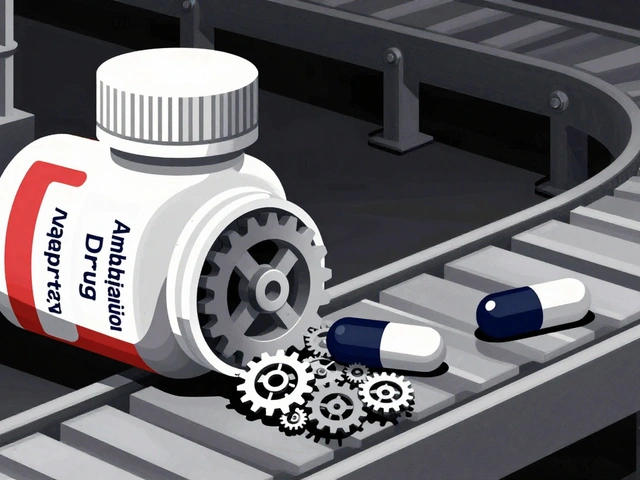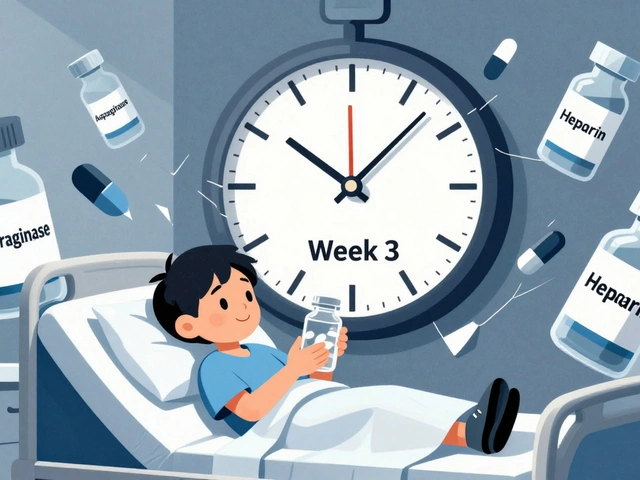Metformin: What It Is, How It Works, and What You Need to Know
When it comes to managing metformin, a first-line oral medication used to lower blood sugar in people with type 2 diabetes. Also known as glucophage, it's been the go-to drug for decades because it works without causing weight gain or low blood sugar crashes. Unlike some other diabetes drugs, metformin doesn’t force your body to make more insulin. Instead, it helps your cells use the insulin you already have more efficiently — a big deal if your body’s become resistant to it.
Metformin works in three main ways: it cuts down on sugar made by your liver, helps your muscles soak up glucose from your blood, and slows down how much sugar your gut absorbs after meals. That’s why it’s often paired with diet and exercise — it doesn’t replace them, it supports them. People who take metformin regularly often see their A1C drop by 1 to 2 percentage points, which is a meaningful improvement for long-term health. And unlike insulin or sulfonylureas, it rarely causes dangerous lows. That’s why doctors start with it before moving to stronger options.
But it’s not magic. Some people get stomach upset — nausea, diarrhea, gas — especially when they start. Taking it with food or switching to the extended-release version usually helps. A rare but serious risk is lactic acidosis, mostly in people with kidney problems or who drink heavily. That’s why your doctor checks your kidney function before and during treatment. It’s also used off-label for PCOS, prediabetes, and even weight management in some cases, because it improves insulin sensitivity, the body’s ability to respond to insulin and control blood sugar levels. And while it’s not a weight-loss drug, many users lose a few pounds naturally as their metabolism steadies.
Metformin doesn’t cure diabetes, but it gives you control. It’s affordable, widely available as a generic, and backed by decades of real-world use. You’ll find it in dozens of studies linking it to lower heart disease risk and even reduced cancer rates in diabetics. But it’s not for everyone — if you have severe kidney disease, liver issues, or are dehydrated, your doctor will skip it. And if your blood sugar stays high despite metformin, that’s not a failure — it just means your treatment plan needs to evolve.
Below, you’ll find real-world guides on how metformin fits into broader diabetes care — from managing side effects to understanding how it compares with other drugs like GLP-1s or SGLT2 inhibitors. Whether you’re just starting out or have been on it for years, these posts give you practical, no-fluff advice you can use today.

Metformin and Contrast Dye Interaction: Risks of Lactic Acidosis & Renal Impact
A practical guide to metformin and contrast dye interaction, covering lactic acidosis risk, renal function assessment, updated FDA guidelines, and step‑by‑step management for clinicians.
read more




